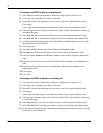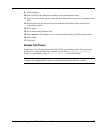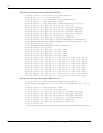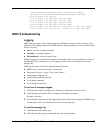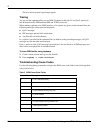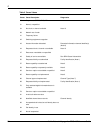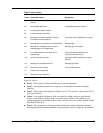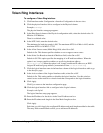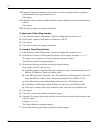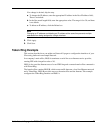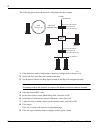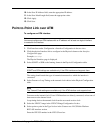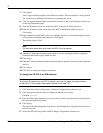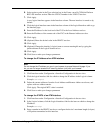
2
70 Nokia Network Voyager for IPSO 4.0 Reference Guide
Note 6—Locking and non-locking shift procedures described in the ITU-T Q.931
specification apply. In principle, information element identifiers are in the same order as the
information elements in the received message.
Note 7—The following coding applies:
Bit 8, extension bit
Bits 7 through 5, spare
Bits 4 through 1, according to Table 4-15/Q.931 octet 3.2, channel type in ITU-T Q.931
specification.
Note 8—When only the locking shift-information element is included and no variable length
information-element identifier follows, it means that the codeset in the locking shift itself is
not implemented.
Note 9—The timer number is coded in IA5 characters.
The following coding is used in each octet:
Bit 8, Spare “0”
Bits 7 through 1, IA5 character
Note 10—Examples of the cause values to be used for various busy or congested conditions
appear in Annex J of the ITU-T Q.931 specification.
Note 11—The diagnostic field contains the entire transit network selection or network-
specific facilities information element, as applicable.
Note 12—For the coding that is used, see ISDN Cause Codes table.
ISDN Bearer-Capable Values
The ISDN bearer-capability values that display in the SETUP packet using the tracing tcpdump
command follows:
0x8890 for 64 Kbps or
0x218F for 56 Kbps
Value Description
88 ITU-T coding standard; unrestricted digital information
90 Circuit mode, 64 Kbps
21 Layer 1, V.110 / X.30
8F Synchronous, no in-band negotiation, 56 Kpbs



